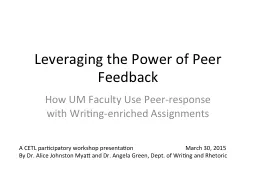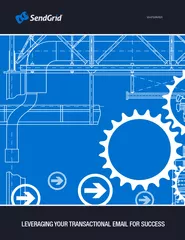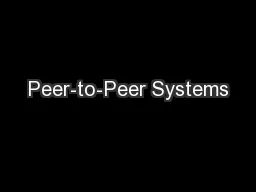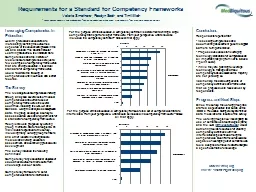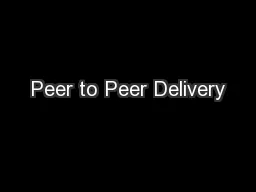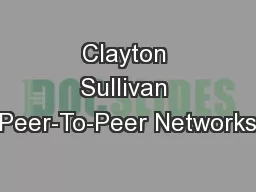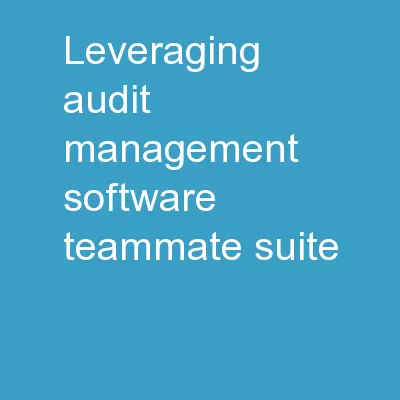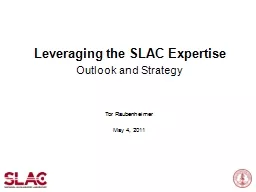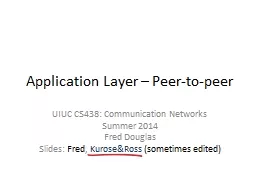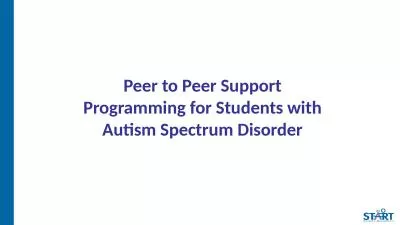PPT-Leveraging the Power of Peer
Author : test | Published Date : 2016-06-12
Feedback How UM Faculty Use Peerresponse with Writingenriched Assignments A CETL participatory workshop presentation March 30 2015 By Dr Alice Johnston Myatt and
Presentation Embed Code
Download Presentation
Download Presentation The PPT/PDF document "Leveraging the Power of Peer" is the property of its rightful owner. Permission is granted to download and print the materials on this website for personal, non-commercial use only, and to display it on your personal computer provided you do not modify the materials and that you retain all copyright notices contained in the materials. By downloading content from our website, you accept the terms of this agreement.
Leveraging the Power of Peer: Transcript
Download Rules Of Document
"Leveraging the Power of Peer"The content belongs to its owner. You may download and print it for personal use, without modification, and keep all copyright notices. By downloading, you agree to these terms.
Related Documents

